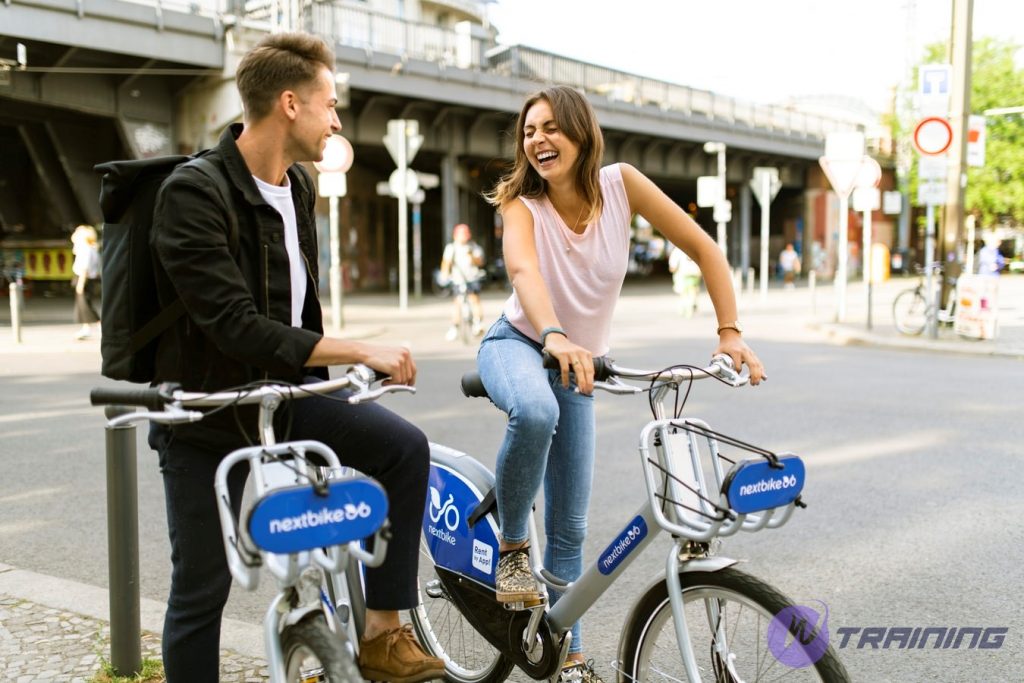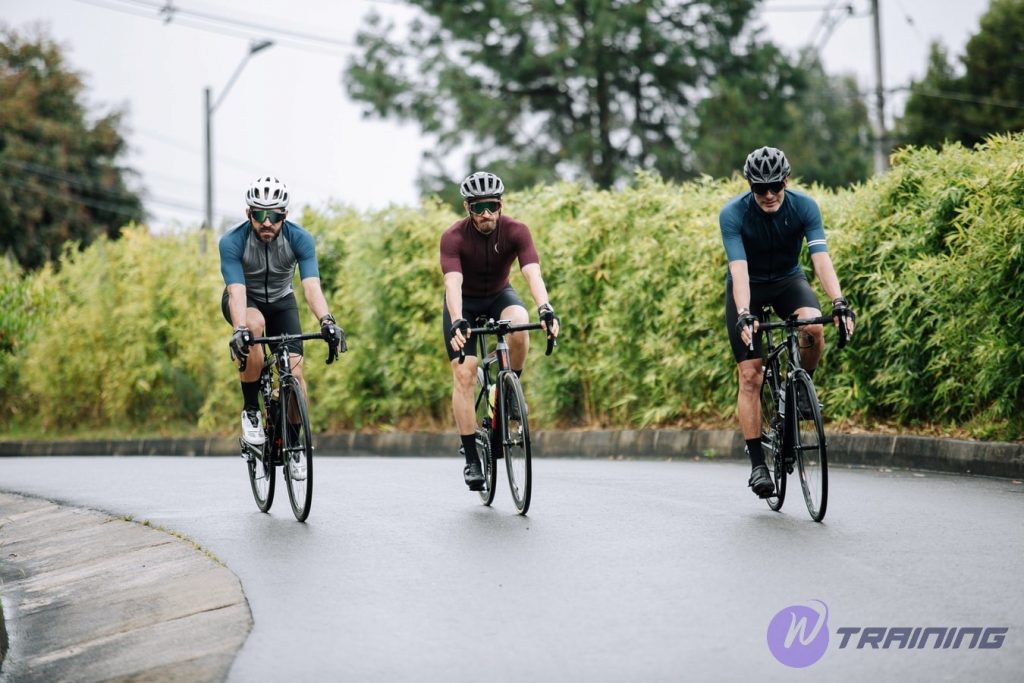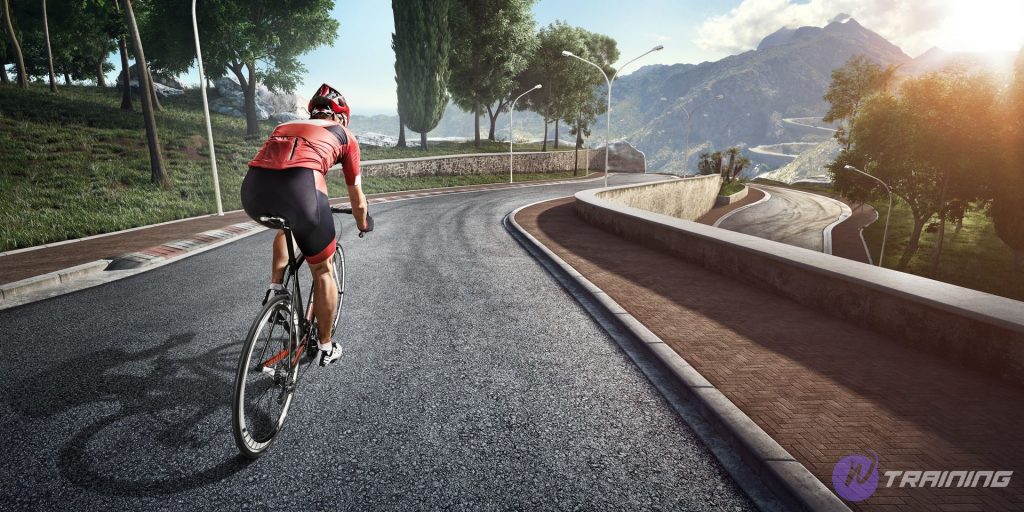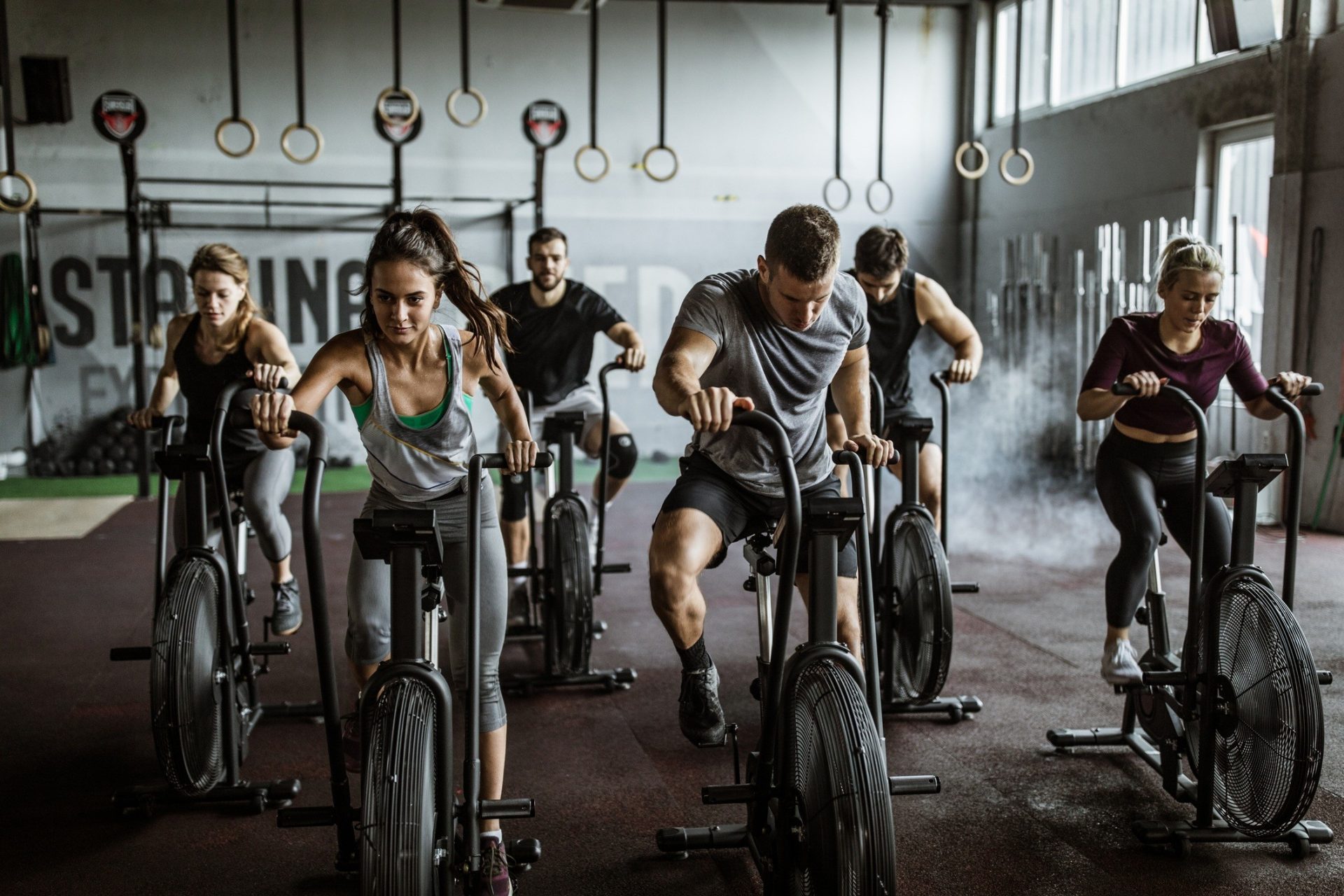Research has shown that cycling offers a great number of environmental, health, economic and social benefits. Do you know all of the health benefits of cycling? Let’s check it out!
An overview of cycling’s benefits
It only takes two to four hours a week to achieve a general improvement to your health. Cycling is:
- A fun way to stay fit – the adventures and echoes you get down the hill and outdoors mean you’re more likely to continue cycling more often than other physical activities make you stay indoors or ask for a special time or place.
- Easy – unlike some other sports, cycling doesn’t require high physical skills. It is not too difficult to practice cycling and once you know how to ride a bike, you will never forget it.
- Low impact – cycling is less stressful and traumatic than most other forms of exercise.
- A good muscle workout – cycling uses all of the major muscle groups as you pedal.
- Good for strength and endurance – cycling increases stamina, strength and aerobic exercise.
- Adjustable intensity – cycling can be done at very low intensity, starting, if you’re recovering from injury or illness, but can be built into a rigorous physical exercise.
- Save time – as a mode of transportation, cycling replaces sedentary (sitting) time driving a motor vehicle or using a tram, train or bus with healthy exercises strong.
See also: 14-Day Low-Calorie Meal Plan: Perfect Diet!
9 incredible benefits of cycling
1. Obesity and weight control
Since cycling increases the metabolic rate, builds muscle and burns fat in the body, is a good way to control your physiological abilities and balance. Cycling is a comfortable form of exercise and you can change the timing and intensity – it can be built slowly and varied to suit you. However, if your cycling purpose is to lose weight, incorporate it into a healthy diet.
Research shows that you should burn at least 8,400 kilojoules (about 2,000 calories) per week through exercise. Steady cycling burns around 1,200 kilojoules (about 300 calories) per hour.
If you cycle twice a day, the kilos burned will soon increase. British research shows that cycling for half an hour a day burns nearly 5 kg of fat in a year.
2. Improve blood circulation
Cycling strengthens your heart muscles, lowers resting pulse and reduces blood fat levels. Research also shows that people who cycle to work have two to three times less exposure to pollution than car commuters, so their lung function is improved. A Danish study conducted over 14 years with 30,000 people aged 20 to 93 years found that regular cycling protected people from heart disease.
3. Reduce the risk of cancer
Did you know that physical activities like cycling and running can significantly reduce the incidence of diseases including cancer? Studies have shown that people with moderate to intense physical activity in the early and middle stages have a lower risk of cancer than those who are sedentary.
4. Diabetes treatment
Currently, the proportion of people with diabetes is increasing. This is a quite dangerous disease because diabetes increases the risk of other diseases such as heart disease, kidney disease, decreased vision, … Regular physical activity can control this disease. Cycling is beneficial for diabetics because when exercising, glucose in the cells will be burned gradually, glucose in the blood will be absorbed by the cells, converting useful energy bars.
5. Treatment of bone injuries, arthritis
Cycling improves strength, balance and coordination. It may also help to prevent falls and fractures. Riding a bike is an ideal form of exercise if you have osteoarthritis because it is a low-impact exercise that places little stress on joints.
Cycling does not specifically help osteoporosis (bone-thinning disease) because it is not a weight-bearing exercise.
6. Cycling improves mental well-being
There are so many ways that exercise can boost your mood: there’s the basic release of adrenalin and endorphins, and the improved confidence that comes from achieving new things (such as completing a sport or getting closer to that goal). Therefore, physical activities like cycling can help reduce daily stress.
Cycling combines physical exercise with being outdoors and exploring new views. You can ride solo – giving you time to process worries or concerns, or you can ride with a group that broadens your social circle.
7. Build your muscles
When riding a bike, you need to move your feet continuously. Before, many people misunderstood that cycling only affects the calves and thighs, but this subject also works on all other parts of the body. Arm muscles are also practiced when the rider uses his hand to keep the vehicle balanced. In young children, bones and muscles are significantly improved after a period of regular cycling based on the flexible movement of the muscle groups.
8. Improve immune system
Professor Tim Noakes, in fitness and sport science at the University of Cape Town, South Africa, also tells us that light exercise can improve our immune system by increasing the production of essential protein and lazy white blood cell awakening.
Cycling to work can reduce commute time and free you from the confines of infested buses and trains.
However, there is evidence that immediately after intense exercise, such as an interval workout, your immune system drops – but adequate recovery like eating and sleeping well can help. reverse this.
9. Improving spacial awareness is the last one of the benefits of cycling
Cycling isn’t just about raising your heart rate and getting you breathless. There are technical elements – climbing, descending and cornering all teach you to use your body weight to get the bike to go where you want it to.
Gaining the skills to manage these technical elements can provide a massive confidence boost – especially when you start to see improvement. Plus, you might just find your abilities to manage that dodgy shopping trolley with the wonky wheels greatly improves.

Gender-specific benefits of cycling
1. Cycling can be especially beneficial for women
- Alleviates the symptoms of other common female conditions
Women obviously differ from men in having to cope with the physical and psychological symptoms caused by having menstrual periods and going through pregnancy, childbirth and menopause. Many of the unpleasant side effects of these can be helped by regular non-load-bearing exercise such as cycling, which can often be fitted into a daily routine.
- Builds self-esteem and confidence
However, those who DO enjoy the technical aspects of off-road riding report an improvement in other aspects of their lives as their self-esteem and confidence blossoms.
- Time-saving
In addition to all the above benefits, cycling fits very well into busy family lives. As stated previously, women are often the caregivers and make more short trips than men. In urban areas especially, cycling can enable these short trips to be made more quickly and easily by bike: it’s often easier to move around congested town centers on two-wheels than four, and obviously, there are fewer issues around parking and door-to-door access to destinations.
2. Cycling can be especially beneficial for men
In recent years, scientists have linked cycling with several male health problems, including erectile dysfunction, which they speculate is caused by the saddle decreasing blood flow to the penis. In one study, Norwegian researchers gathered data from 160 men after they took part in a long-distance bike tour. They found that one in five suffered from numbness to the penis that lasted up to a week after the tour, and 13% developed erectile dysfunction that lasted more than a week in most cases.
Now cycling is in with a chance of shedding this image problem, thanks to new research suggesting it does not damage men’s sexual or urinary functions at all. The researchers say previous studies arguing that cycling can cause erectile dysfunction relied on small samples, whereas this study involved more than 2,500 cyclists.
They also found that cyclists who stood more than 20% of the time while cycling had significantly lower odds of experiencing genital numbness afterward, compared to cyclists who never stand.
3. Cycling and gender: how and why male and female cyclists need to train differently
The biggest difference in the athletic performance that separates one cyclist from another is gender. In cycling, Dutch researchers found an average speed difference of 12.6%; the figure from the same German study is 11%. On the road, the world and US masters’ records show that the difference between 25 miles TT is about 10 percent.
Several nutrition studies have found that gender influences optimal hydration, and men respond better than women to carb intake.
Evolution in the genome is capable of detecting many differences between the sexes. In a recent study comparing the physical traits of mice, at the Wellcome Trust Sanger Institute in Cambridge, researchers found that sex affects nearly 60% of quantitative traits like bone mass and 10% of the qualitative characteristics like head shape.
Physiological differences, largely limited to strength rather than endurance, suggest that the gender performance gap should decrease as the gap increases. Male characteristics – more fibers convulse faster, more hemoglobin and therefore higher V02 max – are less beneficial in super durable events. In fact, some of the characteristics of a woman come to an advantage.
Are there really psychological differences between men and women? Sports psychology rarely finds major differences in personality traits or mental skills. Overall, female athletes have been shown to have higher levels of anxiety.
Train to suit your sex
Male and female athletes, because of the differences in their physiology, sometimes need to train differently.
-
- Men develop more fast-twitch fibers than women. Women don’t naturally use their posterior chain, activate their core and glutes as much as men. Female athletes are more quad-dominant and develop muscle more slowly.
- Female athletes should therefore do more core and glute activation and more specific acceleration work. Males can pick certain times of the year for strength training while allowing their legs to feel fresher during race season.
-
- Men benefit from higher levels of testosterone, which help to build muscle and bone mass. Women need many hormones working in unison for menstrual cycles. And everyone relies on healthy levels of metabolic hormones such as adrenalin and insulin.
- Female athletes need to spot the patterns because at different times of the month different proportions of glycogen and fats are needed to fuel training, sweat responses, core temperature and blood plasma volume — and can even affect emotional response. It is therefore important for women to time training sessions accordingly, as well as paying particular attention to diet.
-
- Female athletes should follow a four-week training cycle with three weeks’ hard training followed by a recovery week.
- Male athletes can have more flexibility about how often they take easier weeks for recovery to fit in with their racing plans.
Male athletes have been found to be more prone than females to ignoring niggles, which can turn into full-on injuries.

Comparing the benefits of cycling and running for fitness and weight loss
Both cycling and running are exercises that can greatly benefit a person’s health and fitness. However, they have differences.
| Cycling | Running | |
| Muscles they use |
|
|
| Heart health benefits |
|
|
| Bone health benefits | May not support bone health as much as running | May be better for long-term bone health than cycling |
| Injury risk |
|
|
| Cost | A more expensive option than running | A cheaper option than cycling |
In conclusion, even at a moderate pace, cycling helps you get the recommended physical activity you need to reduce your risk for disease. Start slow and have fun, you will get the whole benefits of cycling.
Read more:
What Are The Exercises For High Blood Pressure?
What Is A Keto Diet? All Guides for Beginners








